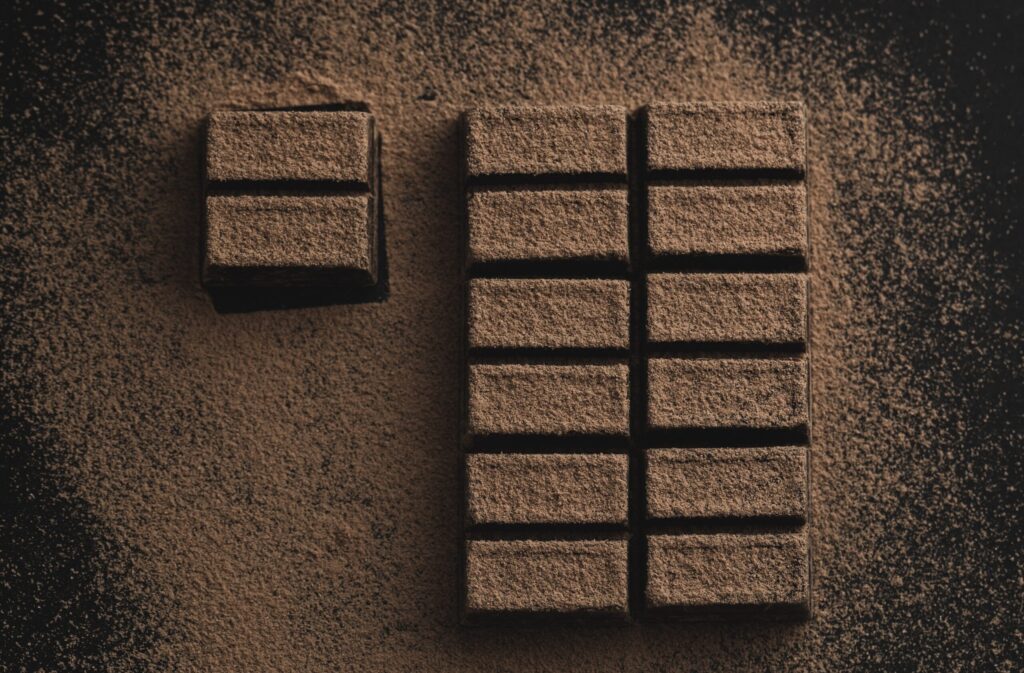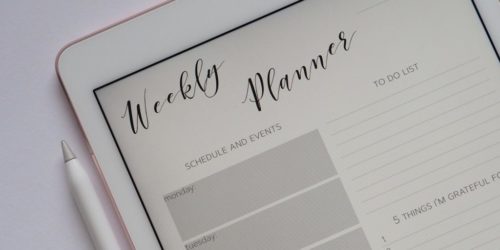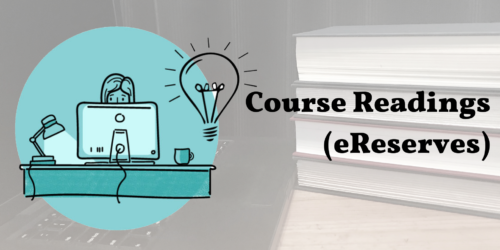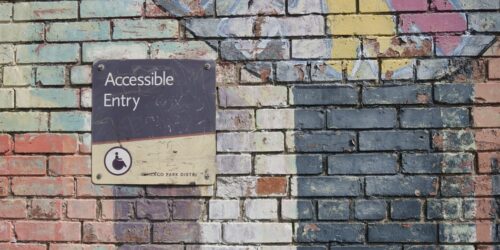
Content Chunking in Your Lessons
This post provides an overview of content chunking and the steps to take to chunk content in lessons, including practice activities.
Defining Content Chunking
Chunking is a process in which information is broken down from a whole into smaller, discrete bits. Items that are “chunked” provide clues for memory and understanding (Gobet & Lane, 2012). Together, chunks build larger and meaningful units of knowledge. Thus, especially for complex topics, learners benefit when a lesson has been broken down into manageable segments (Clark & Mayer, 2016).
Education Research on Content Chunking
Based on early research of chess players, chunking theory proposed that learners remember information better when like items are presented together in small chunks (Chase & Simon, 1974). As only one chunk of information is remembered and retrieved at a time, content chunking helps the brain to absorb, code, process, and eventually store information in the long-term memory.
Content chunking has been studied to support learning in a range of subjects, including mathematics (Isbilen et al., 2020), language learning (Thalmann et al., 2019), and nursing (Clendinneng, 2020). Decades of research on content chunking has established these general principles (Gobet & Lane, 2012):

- Learners have a limited attention span, and chunking accommodates that span.
- Learning is facilitated by teaching from the simple to the complex and from the known to the unknown.
- Over time and with more experience, learners can encode information in larger and more complex chunks.
- Chunked content, and the connections between them, should be repeated from different points of view.
- Learning in chunks is assisted with retrieval activities.
Scientific research on brains and learning has not yet determined the ideal size of a content chunk, or how to break a lesson into meaningful chunks (Clark & Mayer, 2015). Thus, faculty must use their expertise to chunk lesson content so learners can acquire knowledge and skills in manageable bites.
Practice Following a Content Chunk
When learners practice retrieving and recalling chunked content, they are more likely to store that information in their long-term memories. Comprehension increases the more students retrieve and practice using what they have heard and seen in a lesson. As James Lang notes in Small Teaching (2016),
The more times we draw [information] from memory, the more deeply we carve out the [learning] pathway, and the more we make that piece of information available to us in the future. So retrieval practice […] helps to pave the way for our memories to strengthen and improve.”
(Lang, 2016, p. 28).
As well, learner are not able to absorb information effectively when they exceed their cognitive load. Cognitive load can be understood as the learner’s mental bandwidth or working memory. A practice activity following a lesson segment “allows the learner to engage in essential [mental] processing without overloading the learner’s cognitive system” (Clark & Mayer, 2015, p.207).
Finally, as a brain-based teaching learning technique, content chunking supports learners to take responsibility for their learning gradually over the course of a lesson.
You can’t fire the synapses in your students’ brains. For the connections to be meaningful and effective, the students have to form them. Your task is to create an environment that facilitates the formation of those connections rather than simply lecturing at them about connections.”
(Lang, 2016, p. 98)
Steps for Content Chunking a Lesson
See the steps below for how to chunk content for a lesson.
Step 1: Review the outcomes and lesson content
Understand the learning goals of the lesson, and ensure that all of the content provided supports achieving the lesson learning goals. Plan to provide definitions of new technical terms.
Example
Learning outcome and terms for the lesson on boiling an egg.
The learning outcome of the lesson is to describe the steps to boil an egg. A boiled egg is an egg that is cooked with its shell unbroken through immersion in water.
Step 2: Select the content chunks
Break the lesson into manageable content chunks based on what the working memory can process. Typically, each chunk covers only one main element or concept, or how those elements fit together (Clark & Mayer, 2015). Deliver content chunks in no more than 7-to-10-minute increments (or less).
Example
Describe and demonstrate boiling an egg in 3 content chunks:
a) Prepare ingredients and tools (a pot, water, a heat element, an egg).
b) Start the egg to boil (Put egg in water and boil the egg, fully immersed in water, for a pre-set time.
c) Finish the egg to boil (retrieve egg with slotted spoon, then place in ice bath to cool).
Step 3: Represent the content chunks
Represent the chunked content in a visually distinct way, such as one PowerPoint slide, screen, page, or image per chunk. Use numbered lists to indicate steps and processes. Pause and use transitions to indicate when you are moving on to a new chunk.
Example
Use 3 PowerPoint slides or 3 images to represent visually the 3 distinct content chunks in the main steps to boil an egg. Describe each image separately, introducing one at a time before showing all of the images together.

Step 4: Practice and give feedback for each chunk
Encourage encoding information into short- and long-term memory through retrieval and practice activities directly after each content chunk is presented. Give feedback on answers to practice questions and the cumulative activity (e.g., how students perform putting the chunks together into a larger meaningful unit).
Example
After describing the first chunk about preparing to boil an egg, ask recall/retrieval questions.
Chunk 1 practice questions: Should there be enough water to cover the eggs? Should salt be put in the water? What would happen if the egg were boiled in another liquid?
Chunk 2 practice questions: Should the eggs be added before or after boiling the water? For how long should the eggs boil?
Chunk 3 practice questions: Why use an ice bath? How do you know the egg is fully cooked?
Cumulative activity: Students practice boiling an egg and documenting each step of the process with a photo or graphic organizer. Or ask students to research egg boiling or boiled egg recipes on the web and report back.
More Information
To learn more about how the brain and learning, see this resource in the Conestoga Library (select the Permalink): Sousa, D. A. (2010). Mind, brain, & education: Neuroscience implications for the classroom. Solution Tree Press. Permalink.
References
Bouchacourt, F., Palminteri, S., Koechlin, E., & Ostojic, S. (2020). Temporal chunking as a mechanism for unsupervised learning of task-sets. ELife, 9.
Chase, W. G., & Simon, H. A. (1973). Perception in chess. Cognitive Psychology, 4(1), 55–81.
Clark, R. C., & Mayer, R. E. (2016). E-learning and the science of instruction (Ruth Colvin Clark & R. E. Mayer, Eds.; 4th ed.). John Wiley & Sons.
Clendinneng, D. (2020). Case study research on nurses’ perceptions of various educational strategies for learning perioperative non-technical skills. ORNAC Journal, 38(1), 12–40.
Gobet, F. & Lane, P. (2012). Chunking mechanisms and learning. Encyclopedia of the sciences of learning. 541-544.
Isbilen, E. S., McCauley, S. M., Kidd, E., & Christiansen, M. H. (2020). Statistically induced chunking recall: A memory-based approach to statistical learning. Cognitive Science, 44(7).
Lang, J. M. (2016). Small teaching: everyday lessons from the science of learning. 1st edition. San Francisco, CA: Jossey-Bass.
Sprouts (January 22, 2017). Chunking: Learning Technique for Better Memory. [Video].
Thalmann, M., Souza, A.S., Oberauer, K. (January 2019). “How does chunking help working memory?” (PDF). Journal of Experimental Psychology: Learning, Memory, and Cognition, 45(1): 37–55.







1 Response